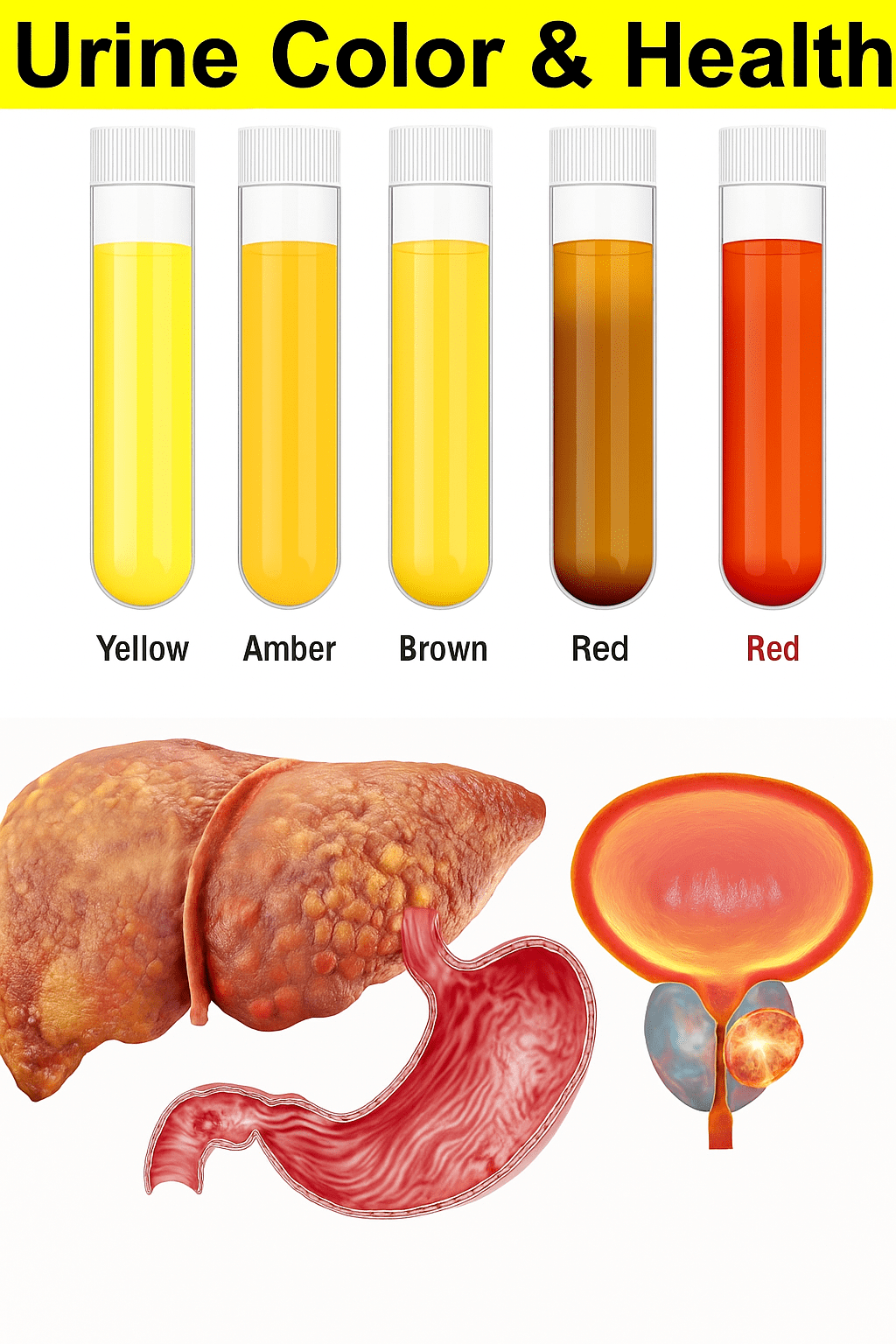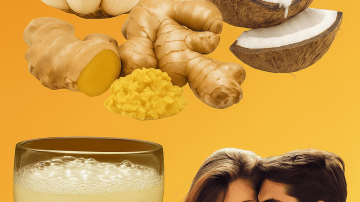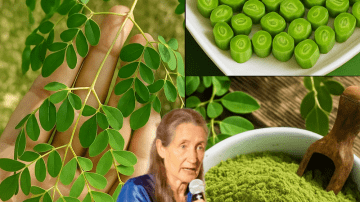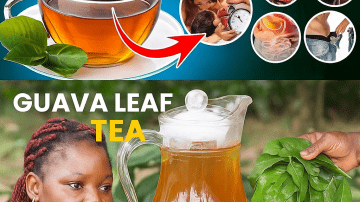We all do it, and most of us immediately flush and forget. Yet, tucked away in that private moment is one of your body’s most crucial daily reports—a detailed snapshot of your internal environment. Your urine is not just waste; it’s a liquid biopsy, an invaluable diagnostic tool that speaks volumes about your hydration, diet, organ function, and overall well-being.
Have you ever stopped and wondered why your pee is crystal clear one day and startlingly dark the next? Or perhaps why it glows an unnatural neon yellow? These color shifts are not random; they are deliberate messages from your kidneys, liver, and metabolic systems. Ignoring them means missing out on vital early warnings or simple confirmations that you’re perfectly healthy.
This comprehensive guide is designed to transform the way you think about a trip to the restroom. We will dive deep into the fascinating spectrum of urine colors, revealing what each shade truly means for your health. This isn’t just about hydration; this is about becoming fluent in your body’s secret language. Prepare to look into the toilet bowl with an entirely new, informed perspective. By the time you finish, you will be equipped to quickly identify what your body is whispering—or screaming—at you.

💧 The Science of the Spectrum: What Gives Urine Its Color?
Before we decode the individual shades, it’s essential to understand the basics. The color of your urine is primarily determined by a pigment called urochrome (or urobilin). Urochrome is a byproduct of the body’s breakdown of old red blood cells. The concentration of this pigment—specifically how diluted it is with water—dictates the shade you see.
- The less water you drink, the more concentrated the urochrome becomes, resulting in a darker, amber hue.
- The more water you consume, the more diluted the urochrome is, leading to a paler or clear appearance.
However, color variations can also be influenced by diet (like vitamins and certain foods), medications, and, critically, the presence of abnormal substances like blood, bile, or infection-fighting cells. Understanding this underlying chemistry is the first step to interpreting your body’s daily report accurately.
🟡 The Hydration Highway: Shades of Yellow and the Perfect Balance
The yellow spectrum is the most common and often the easiest to interpret. These shades primarily reflect your hydration status, giving you instant feedback on whether you need to reach for a glass of water.
1. 🚰 Clear or Transparent Urine: Over-Hydrated Territory
What It Means: This suggests extreme dilution. Your water intake is so high that the urochrome pigment is barely detectable. While being well-hydrated is good, perpetually clear urine can indicate you might be over-doing it.
The Body’s Message: You may be inadvertently flushing out essential electrolytes (like sodium and potassium) that the body needs for nerve and muscle function. In rare, extreme cases, excessive water intake can lead to water intoxication (hyponatremia).
Action to Take: If you find yourself constantly passing clear urine and are not thirsty, consider slightly reducing your intake. Aim for a hint of color—the pale straw yellow—which is the optimal target.
2. 🌾 Pale Yellow (Straw-Colored): The Gold Standard
What It Means: This is the ideal color. It signifies perfect hydration. The balance between water and waste products is spot on, indicating that your kidneys are functioning optimally to flush out toxins while retaining necessary electrolytes.
The Body’s Message: ✅ You are perfectly balanced. Your system is healthy and working smoothly.
Action to Take: Maintain your current routine. This color confirms you are drinking the right amount of fluid for your activity level and environment.
3. 🌟 Bright or Neon Yellow: The Vitamin Flash
What It Means: This eye-catching, almost fluorescent yellow or green-yellow shade is nearly always benign and is a result of excess B vitamins. Specifically, the vitamin Riboflavin (B2) is responsible for this intense color.
The Body’s Message: Your body has absorbed what it needs from the supplement, and the excess is being harmlessly excreted.
Action to Take: Absolutely safe. Continue your supplements as directed. This is a visual confirmation that the vitamins are present in your system.
4. 🧡 Dark Yellow or Amber: Time to Hydrate
What It Means: This deep, amber hue is the quintessential sign of dehydration. Your body is in water-conservation mode. It has less fluid to dilute the urochrome, leading to a highly concentrated mix of pigments and waste.
The Body’s Message: Your body is thirsty. Your system needs immediate fluid replenishment to maintain blood volume and prevent fatigue.
Action to Take: Drink at least two large glasses of water immediately. If the color returns to a pale straw yellow within an hour or two, the dehydration was mild and easily fixed.
🚨 The Warning Hues: Colors That Demand Attention
When urine deviates significantly from the yellow-amber range, it can indicate a need for professional medical evaluation. These colors may signal issues with the kidneys, liver, or the presence of abnormal cells or substances.
5. 🟠 Orange Urine: The Liver’s Alarm Bell
What It Means: Orange urine can be tricky. It can be caused by severe dehydration or by certain medications (notably Rifampin, some chemotherapy drugs, or laxatives). However, it is a key indicator of liver or bile duct issues.
The Body’s Message: If the orange persists, especially if you also notice pale or clay-colored stools and a yellowing of the skin or eyes (jaundice), it suggests that bilirubin, a bile pigment, is not being processed correctly by the liver and is instead being excreted by the kidneys.
Action to Take: Consult a doctor immediately if the orange color is not clearly linked to a known medication or quickly resolved by hydrating.
6. 🩸 Pink or Red Urine: When Blood or Beets Are Involved
What It Means: Red urine immediately commands attention. The most common benign causes are eating certain foods like beets, rhubarb, or blackberries, which contain pigments that can pass through the system.
The Body’s Message: ❗ If not food-related, this color signifies hematuria—blood in the urine. This can be linked to conditions ranging from common ones like a urinary tract infection (UTI), kidney stones, strenuous exercise, to much more serious issues like kidney disease or bladder cancer.
Action to Take: Blood in the urine must always be medically investigated. Do not dismiss it. Get a professional medical evaluation to rule out serious underlying causes, even if you suspect it was just the beets you ate.
7. 🟤 Dark Brown or Cola-Colored Urine: Serious Muscle and Organ Distress
What It Means: This dark, almost syrupy color is one of the most concerning and is never normal. It can be caused by a select few medications (like antimalarials), ingestion of large amounts of fava beans, or severe dehydration. Crucially, it is a marker for major health events.
The Body’s Message: The dark brown color can be caused by the release of high levels of myoglobin—a product of rhabdomyolysis (severe muscle breakdown). This is an emergency, often caused by extreme injury or exertion, which can lead to kidney failure. It can also be a severe symptom of acute liver disease.
Action to Take: Seek emergency medical attention immediately. If you are experiencing this color along with muscle pain, severe fatigue, or unexplained weakness, time is critical.
8. 💙 Blue or 💚 Green Urine: The Rare Phenomenon
What It Means: Blue or green urine is rare but possible. The cause is usually medical intervention: certain dyes used in medical diagnostic tests or specific medications (like the anesthetic Propofol or the antidepressant Amitriptyline) can cause it.
The Body’s Message: In rare cases, a genetic condition known as familial benign hypercalcemia (or blue diaper syndrome in infants) causes blue urine due to a defect in nutrient absorption.
Action to Take: Unless you know you have taken a blue or green-dyed medication or supplement, call your doctor for an assessment.
🌫️ The Texture and Clarity Check: Beyond Color
Urine analysis doesn’t end with color. The appearance and odor also provide significant clues about your internal state.
9. 🌫️ Cloudy, Murky, or Foamy Urine: Infection or Protein Leakage
What It Means: Urine should typically be clear (like water) to translucent (like light beer). Cloudiness or a milky appearance often indicates the presence of cells and particles that shouldn’t be there. This is most commonly caused by crystals, white blood cells, or mucus.
The Body’s Message:
- Urinary Tract Infection (UTI): Cloudy urine combined with a strong, foul odor, a burning sensation during urination (dysuria), or pelvic pain strongly suggests an infection. The cloudiness is caused by white blood cells fighting the infection.
- Kidney Stones: Microscopic crystals can cause cloudiness.
- Excessive Foam: A persistent, thick layer of foam (not just temporary bubbles) can be a red flag for proteinuria—a high amount of protein leaking into the urine. This is a key indicator of potential kidney disease.
Action to Take: If cloudiness persists and is accompanied by burning or a strong odor, schedule an appointment with your healthcare provider. If you notice excessive foaming, discuss your kidney function with a doctor.

🛑 Critical Urine Red Flags: When to Never Hesitate
While most color changes are benign and related to hydration, there are symptoms that signal a potential emergency. Always seek immediate medical help if your urine is:
- Dark Brown or Cola-Colored and is paired with severe fatigue or muscle pain.
- Red or Pink and you are certain it is not food-related.
- Cloudy/Murky and accompanied by an extreme burning pain or inability to urinate.
- Paired with Jaundice (yellow skin/eyes), which points to acute liver issues.
- Smelling strongly of ammonia or having an unusually sweet, fruity odor (which can signal uncontrolled diabetes).
💡 Final Analysis: Your Toilet Is Talking—Are You Listening?
It may not be the most glamorous topic, but paying attention to your urine color is one of the easiest, free, and most effective daily self-health assessments you can perform. It’s an instant window into your body’s needs.
By becoming a vigilant observer, you move beyond the “flush and forget” habit and empower yourself with critical, real-time knowledge. The goal is the pale, straw-colored ideal. Everything else is a cue for you to pause, investigate, and if necessary, seek professional guidance.
Your health is literally flowing before your eyes. Take the time to look. Learn the language. Stay hydrated. Stay informed. Stay healthy.
Would you be interested in a list of common medications that can cause the more unusual colors (orange, blue, or green) in urine?






